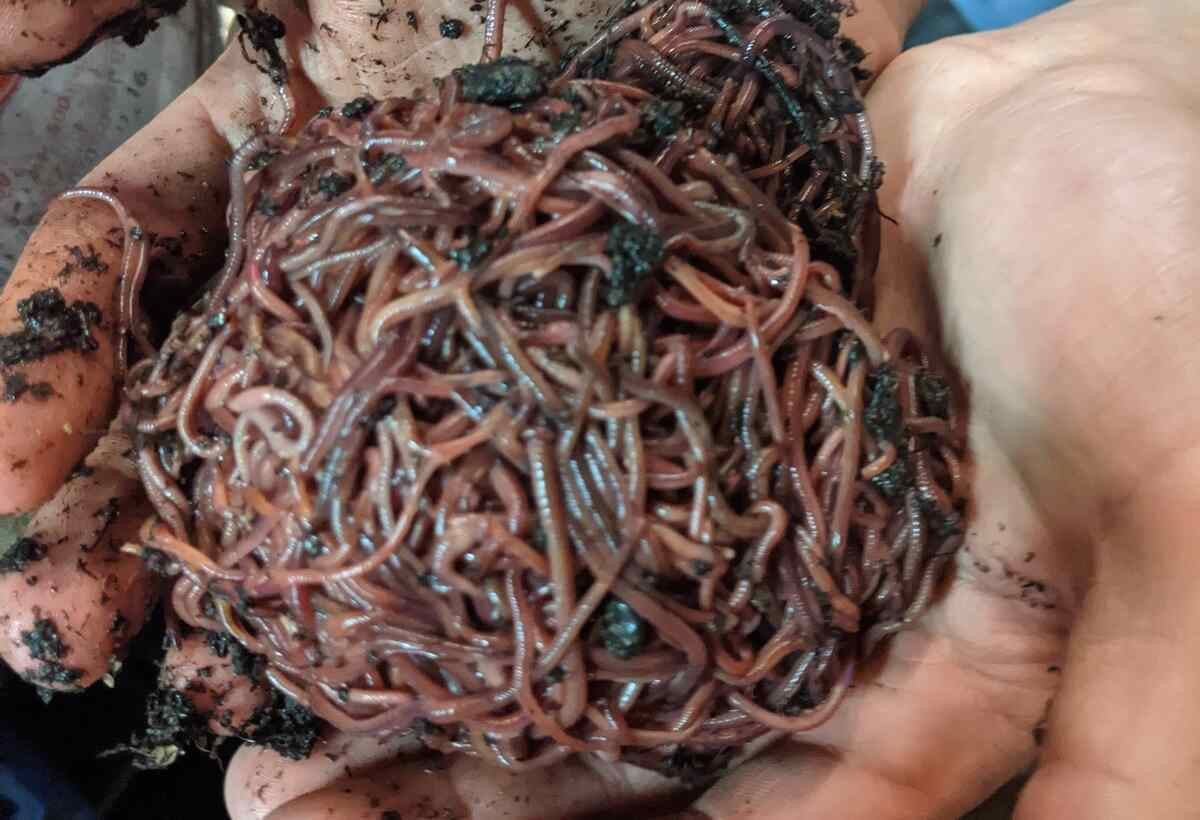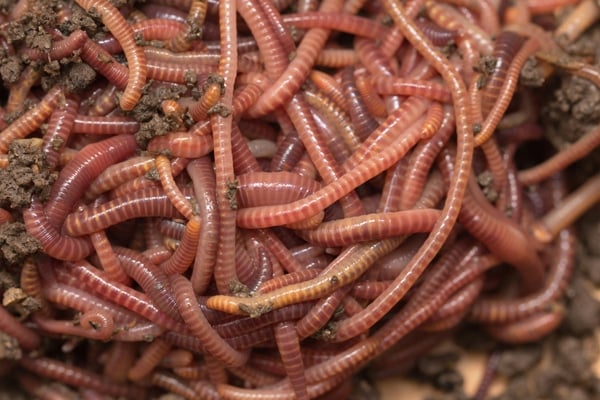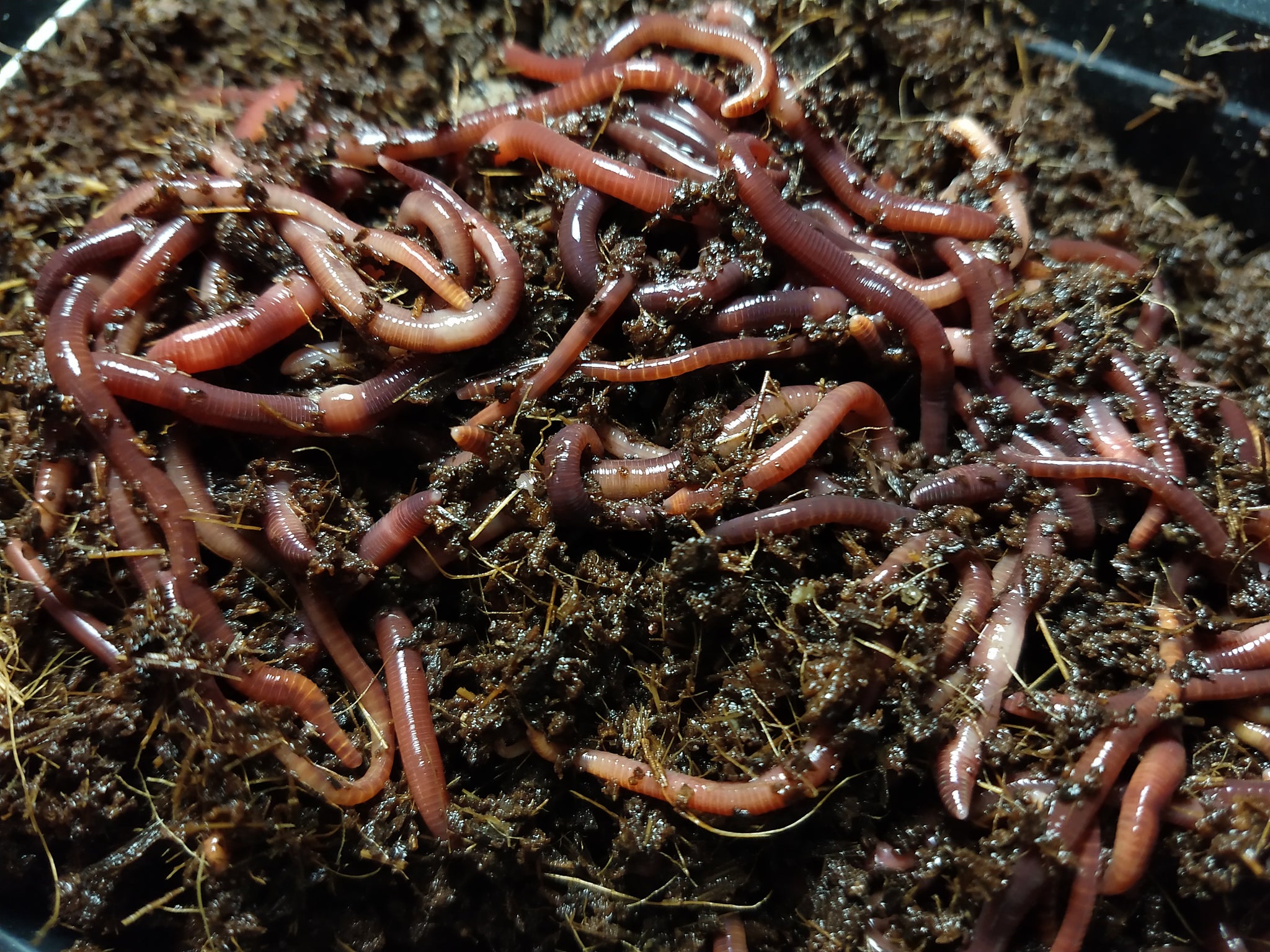Red Wigglers: The Unsung Heroes of Organic Waste Recycling
Red wigglers, or Eisenia fetida, serve as critical representatives in the organic waste recycling procedure, transforming thrown out products into beneficial vermicompost. As the globe increasingly looks for options to fight waste buildup and enhance agricultural efficiency, understanding the duty of these worms ends up being essential.
What Are Red Wigglers?
The impressive durability of red wigglers, medically called Eisenia fetida, underscores their vital role in natural waste recycling. These small, reddish-brown earthworms are commonly discovered in decomposing raw material, such as compost heap and manure heaps. Lake Hickory Bait. Unlike various other earthworm species, red wigglers flourish in nutrient-rich settings and are highly effective at damaging down organic materials, making them important for vermicomposting

(Red Wiggler Express)In enhancement to their role in waste reduction, red wigglers contribute to dirt wellness by boosting dirt structure and aeration through their tunneling tasks (Lake Hickory Bait). Their visibility in composting systems not just boosts disintegration rates but likewise advertises a lasting strategy to throw away monitoring, illustrating their significance in environmental conservation efforts
Benefits of Composting With Worms
Composting with worms, particularly red wigglers, provides various advantages that enhance both waste management and soil health. First, these worms efficiently break down natural waste, transforming it right into nutrient-rich vermicompost that improves dirt. This process increases decay, enabling a quicker recycling of kitchen scraps and various other natural materials compared to traditional composting methods.
In addition, the vermicompost generated by red wigglers is including advantageous microorganisms, which help boost soil structure, oygenation, and moisture retention. This boosts the total health and wellness of plants, promoting strenuous development and enhanced yields in yards and agricultural settings. In addition, the usage of worms in composting lessens the production of greenhouse gases, such as methane, adding to a much more sustainable waste monitoring system.

Just How to Start Vermicomposting
Establishing a vermicomposting system is a simple procedure that can generate substantial advantages for both waste management and soil enrichment. To begin, choose an appropriate container, such as a plastic container or wood box, with ample air flow openings to make certain proper airflow. The dimensions ought to ideally be around 2 feet by 3 feet, allowing ample space for the worms to flourish.
Next, prepare bed linens product, which can contain shredded newspaper, cardboard, or coconut coir. This bed linen needs to be dampened to develop a suitable habitat for the worms. Once the bed linens remains in area, present red wigglers (Eisenia fetida) into the bin, typically around one pound of worms for every square foot of surface.
Adhering to the placement of worms, add natural waste, such as fruit and vegetable scraps, coffee premises, and crushed eggshells. With these steps, you will properly start a vermicomposting system that contributes to lasting waste management and improves your soil.
Maintaining a Healthy Worm Container
(Red Wiggler Express)Keeping a worm container growing requires routine attention and like guarantee the wellness of the red wigglers and the efficiency of the composting procedure. Proper upkeep begins with checking the wetness degrees; the bin must perspire however not saturated. A good guideline is to maintain an uniformity comparable to a wrung-out sponge.
Delicately blending the bed linen and food scraps every couple of weeks prevents compaction and makes certain that all worms have accessibility to oxygen. Additionally, it is essential to feed the worms properly.
Temperature level regulation is another important element. Red wigglers prosper in an array of 55 to 77 levels Fahrenheit. If the container comes to be too hot or cold, the worms may become stressed - Lake Hickory Bait. Periodically check for signs of health, such as worm population growth and the visibility of healthy and balanced spreadings. By faithfully taking care of these variables, one can keep a robust and efficient worm container.
Influence On Lasting Living
The effective maintenance of a worm bin not just profits the health and wellness of red wigglers but additionally adds substantially to sustainable living practices. By reusing organic waste, such as kitchen scraps and backyard debris, red wigglers help draw away considerable amounts of product from garbage dumps. This reduction in waste not just decreases greenhouse gas exhausts however also decreases the environmental worry related to waste administration.
Moreover, the spreadings produced by red wigglers work as a nutrient-rich natural plant food, enhancing soil health and advertising plant growth. This all-natural option to chemical plant foods supports lasting agriculture and horticulture practices, lowering reliance on artificial inputs that can harm ecosystems. Furthermore, worm composting fosters understanding of waste management, motivating people and neighborhoods to embrace even more sustainable routines.

Verdict
In summary, red wigglers serve as essential factors to natural waste recycling through their reliable disintegration of natural materials. By incorporating vermicomposting read review right into waste administration techniques, individuals and areas can dramatically minimize waste while promoting environmental sustainability.